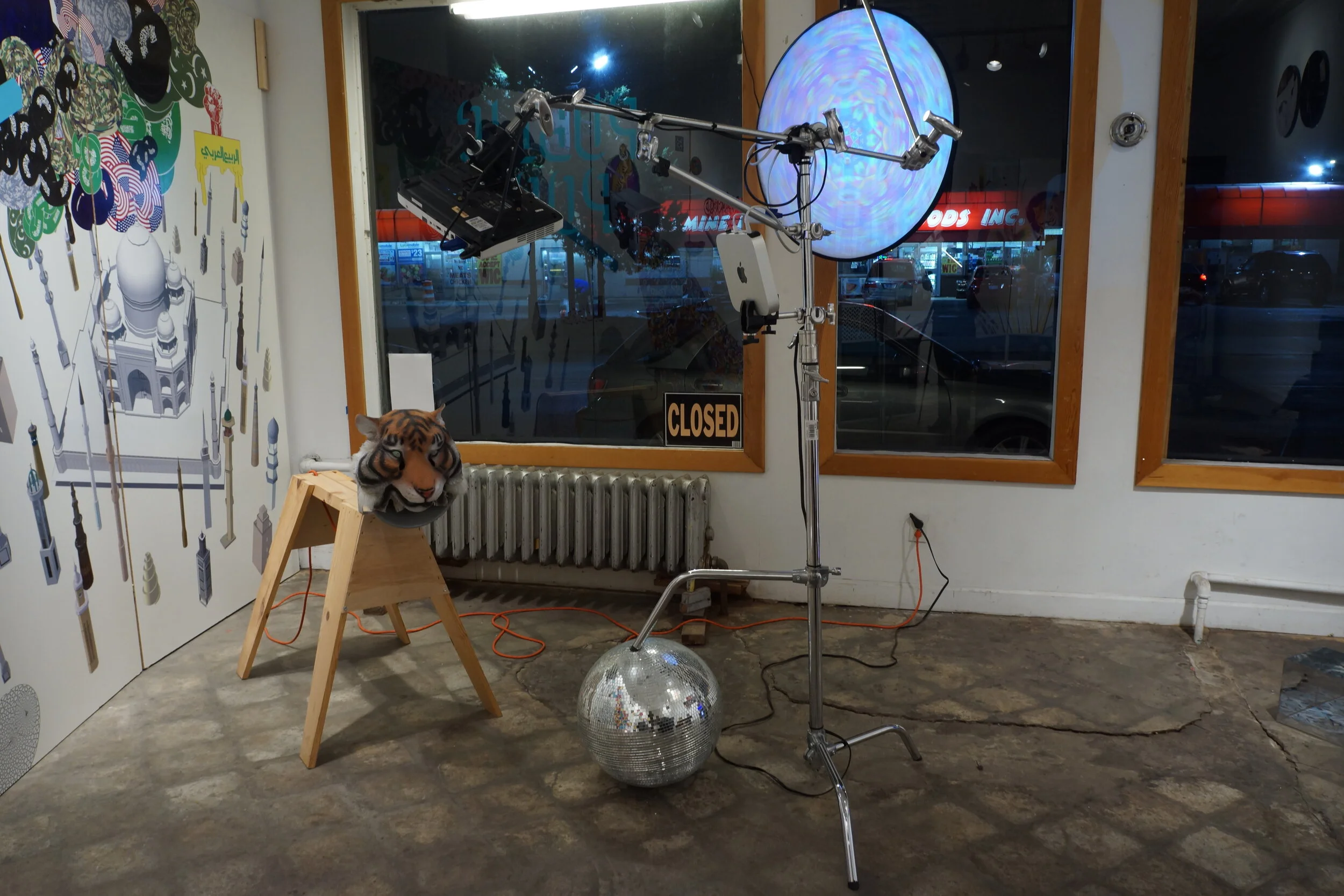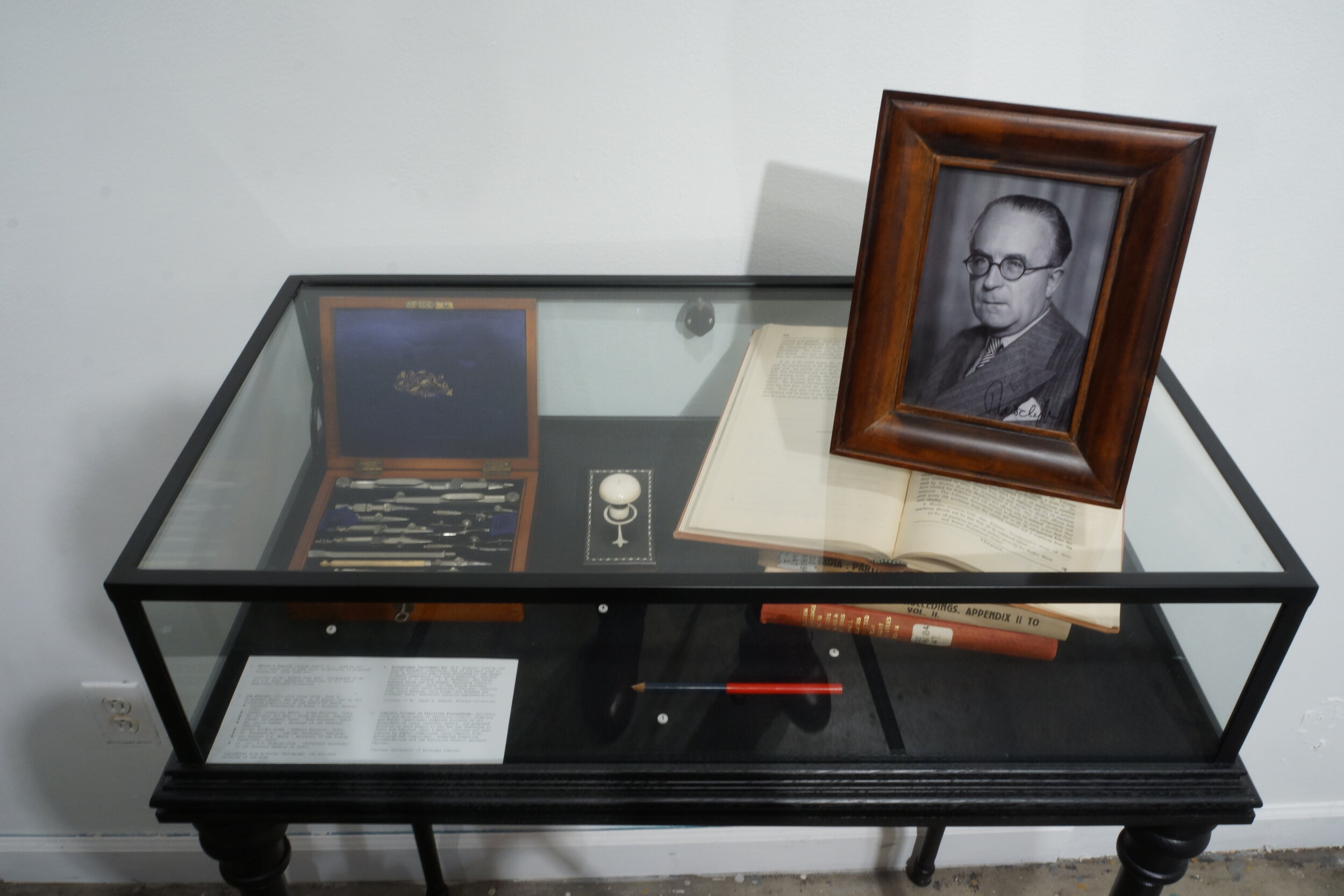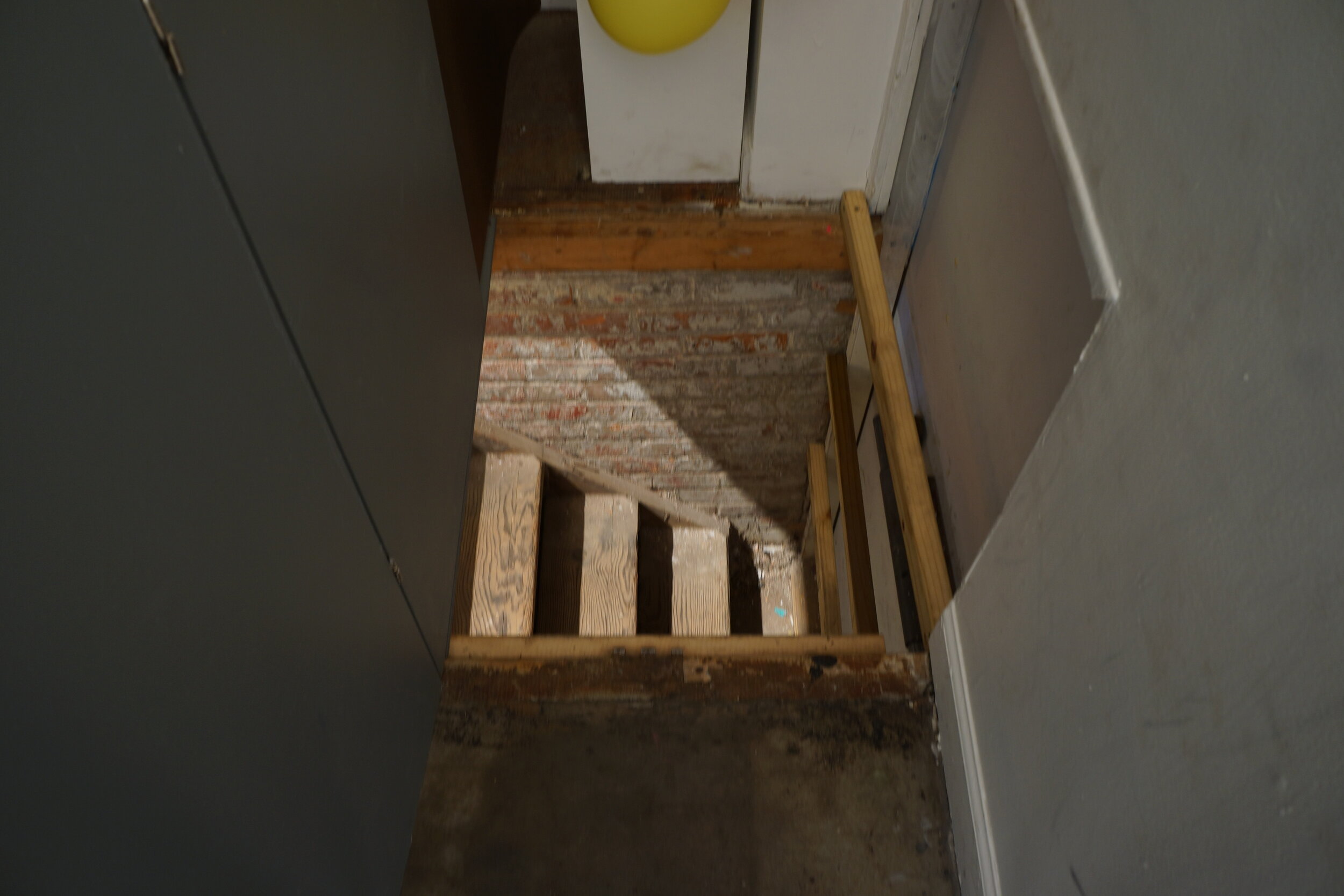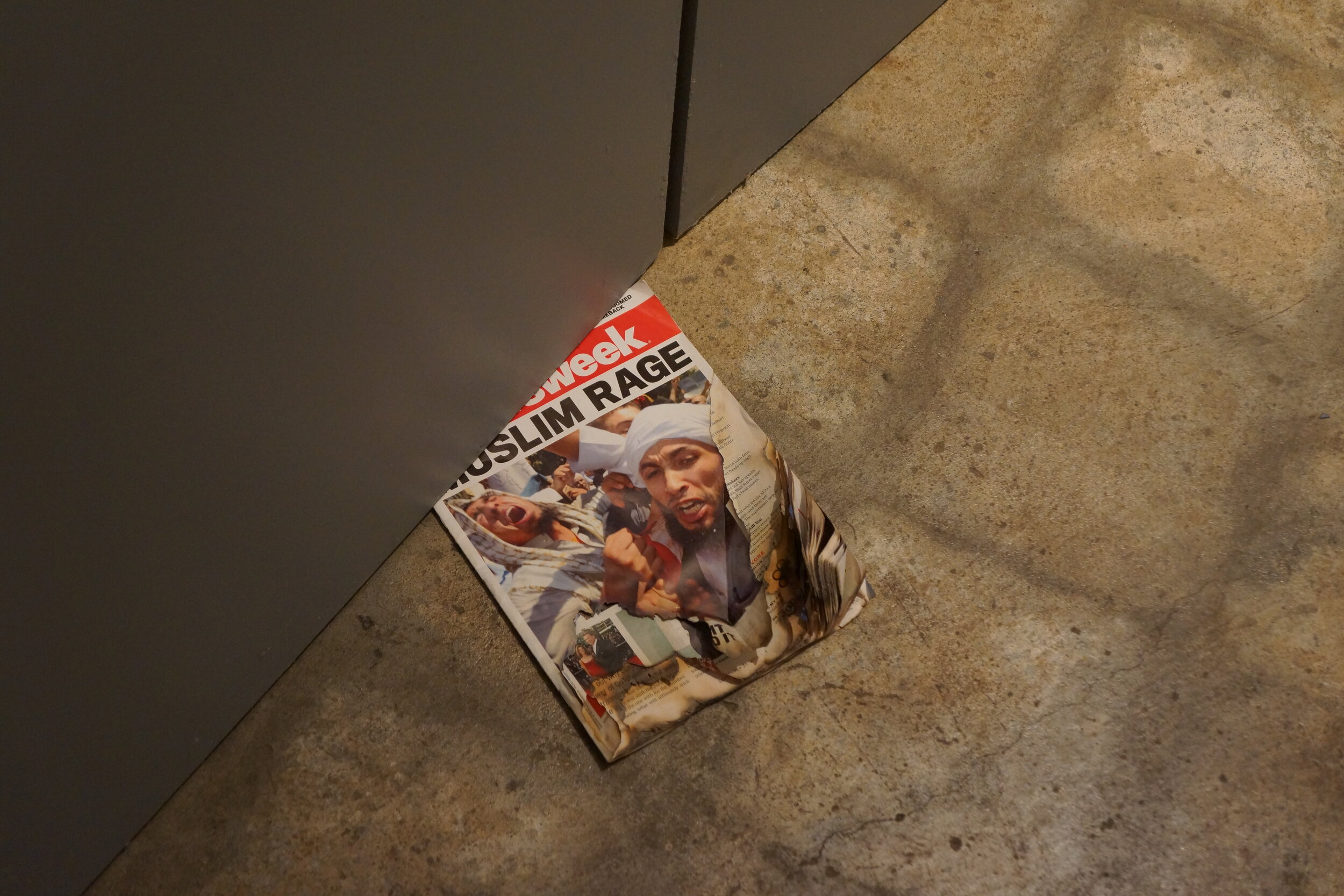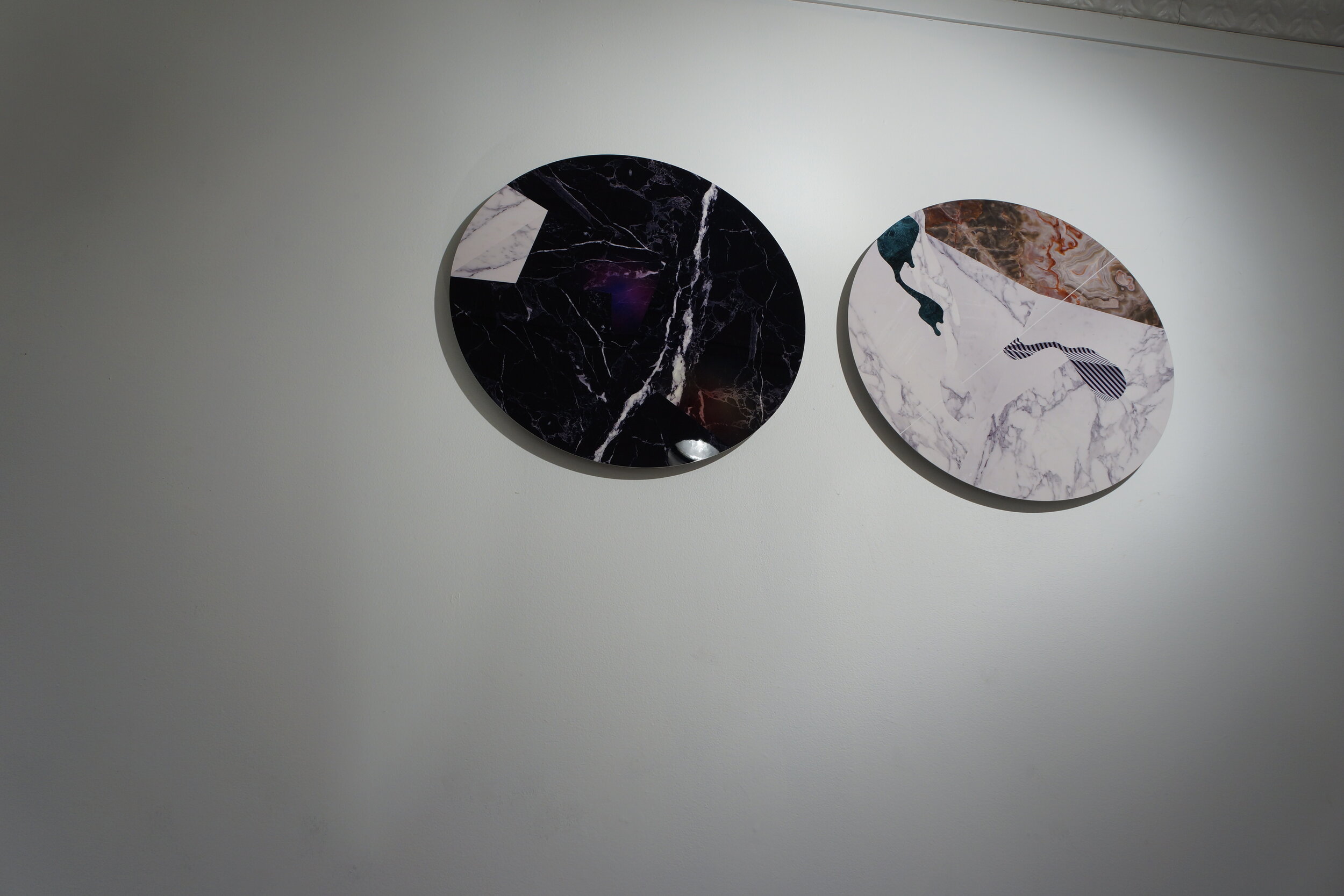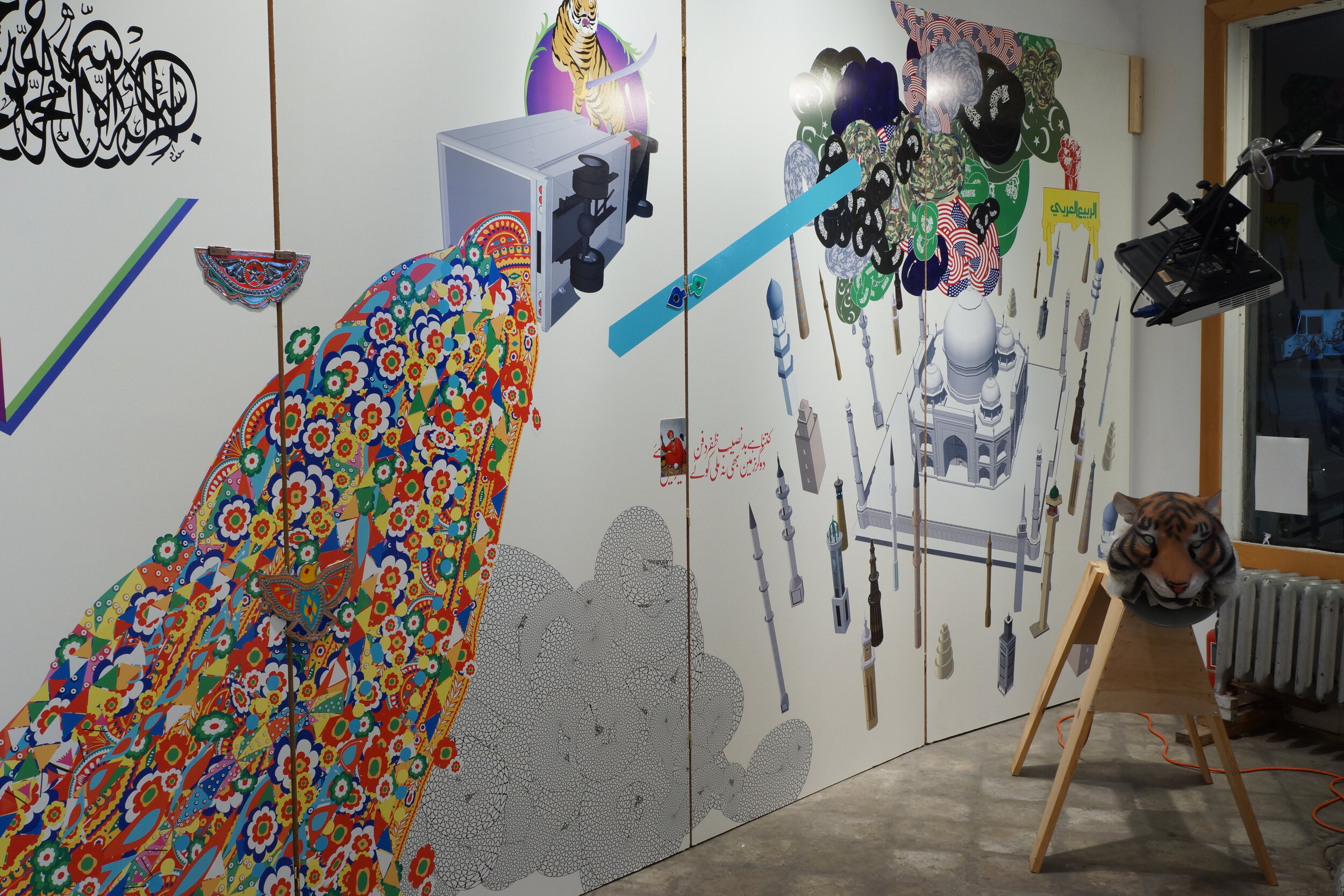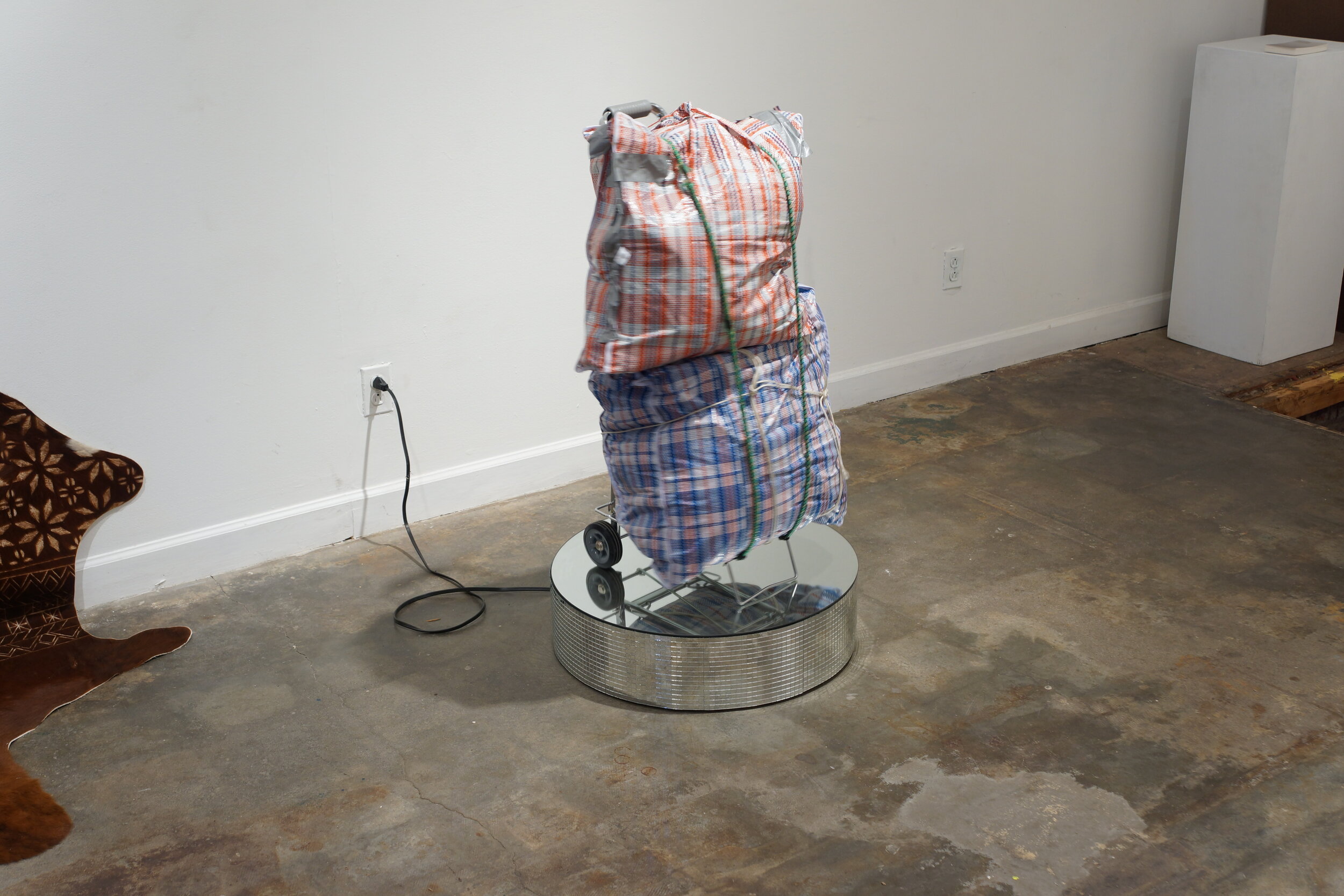
On which side, the Barbarians?
2013
The current state of global political theater proposes that between East and West seemingly lies... conflict but maybe more accurately the conflicted. The exhibition On which side, the Barbarians? sits between reflection and action to address the concerns of newly emerging Muslim (and more specifically hyphenated Pakistani) identity and the political, cultural and aesthetic repercussions of the contemporary condition.
The exhibition itself unfolds in multiple parts. Via truck, transport and installation, each in their own manner addressing the ambiguities of this condition, externalized conflict vs. internalized uncertainty, fabricated realities vs. constructed mythologies, East vs. West, Aesthetics with politics, all vying for a renegotiation of this fractured identity.
Going my way:
The exhibition is initiated via transport of the exhibition by a converted box truck that transfers the familiar iconography of one culture (the colorful and exquisite Pakistani Trucks painted with folk patterns and aspirational, historical, pop and mythical iconography) to another (the arguable blander American cousin, where graphical content usually is limited to corporate advertising). The truck, driven by the artist transported the installation to the exhibition space.
The modality of the project’s gesture, the placing of unfamiliar iconography onto US trucks, asserts to introduce these images into the everyday, allowing them to become just another part of the saturated visual landscape as the truck crisscrosses the nation, and thus subversively insert aspects of this “other” into the American vernacular. As such the gesture also addresses ideas of cultural loss to minority immigrant communities (in this case Pakistani-American, whereas the decorated trucks, a ubiquitous site in Pakistan is lost to its migrated communities), who must negotiate what cultural heritages they need to preserve and what aspects they must let go within their new, albeit foreign, homeland.
The Exhibition:
The exhibition commences with to the overwrought and hostile sensationalism
of the September 2012 Newsweek Muslim Rage cover story and re-brands its confrontational stance into the nuanced reality of the exhibition’s presentation; 200 plus years of colonialism, cold war manipulations, political double standards, IMF strong-arming, drone strikes, media misrepresentations on the one hand have led to systemic suspicion and anger at western interference, fermenting internalized desires for the Muslim world to enter the modern world in its own terms, it’s our party and you are not invited! Internally the party is a rager! Mullahs and MCs, Islamist and secularist, police and polis, mosque and disco and everyone in- between all vie with blood or ballot, the right to define a people.
The installation, grounded in current Muslim and Pakistani identity politics vis- a-vis the world (and the artist), literally finds the spatial condition of the gallery divided by a wall into two: the aggrieved external and the ambiguous internal.
The overarching stance of the works presented blurs aesthetic gestures within the contexts of current political repercussions. Where the benign gesture of drawn lines reverberate the traumas of colonial partitions. Where minimalist structures give sway to ideological overlay. Where jokes and terror intermingle. Where want of polemics give way to hazy poetics. The works presented reflect on the afflictions, ambiguity and aspirations currently at play, embracing uncertainty and providing no resolution. On which side lie the barbarians then? The answer perhaps only depends on where you stand.
Material: Vinyl, Acrylic, Projector, Digital Prints, Xerox Prints, Antique Drafting Instruments, Graphite, Department of Correction Jumpers, Newsprint, Loudspeaker, Video Monitors, Projectors, Media Player, Newsweek Magazine (Burned)
Dimensions: Variable

